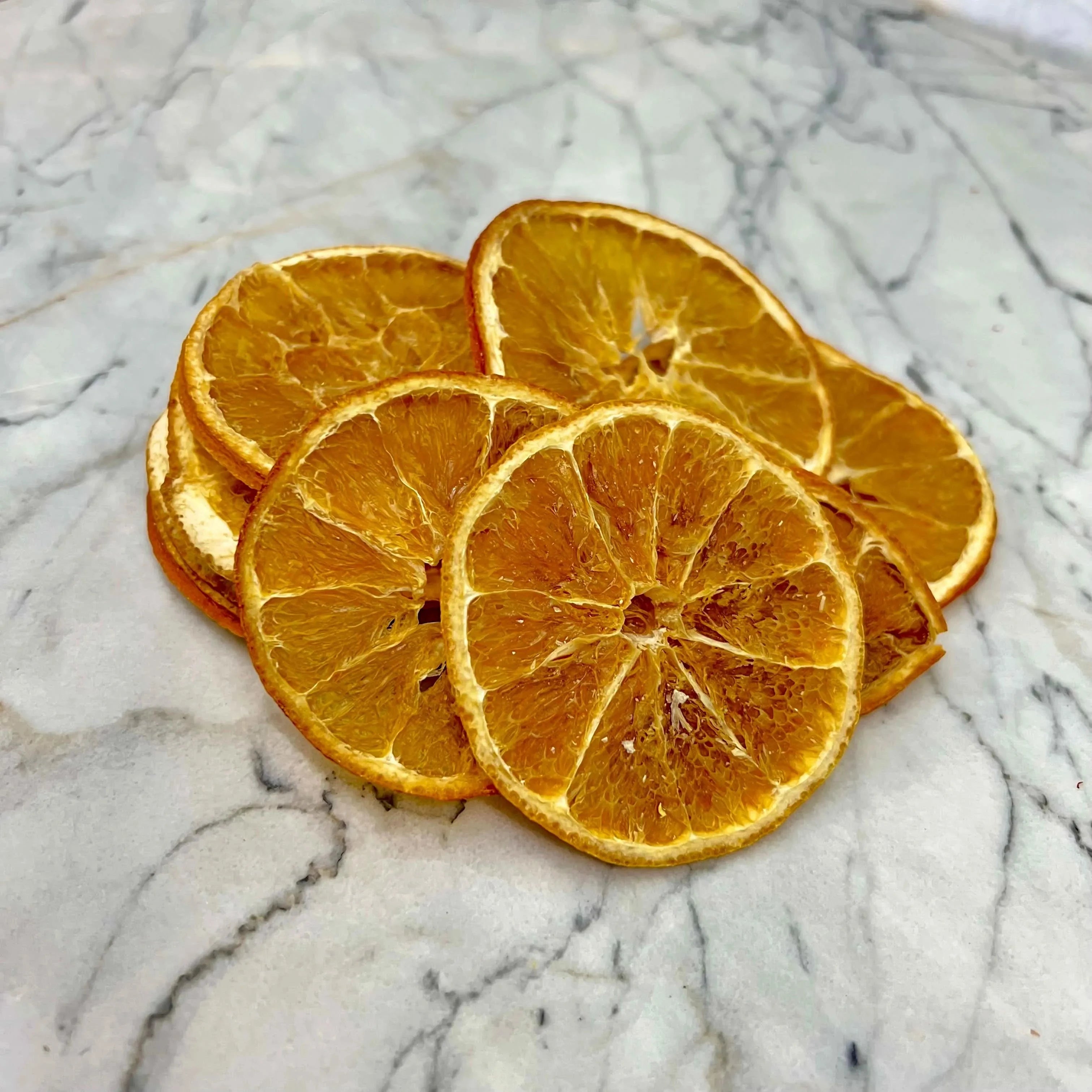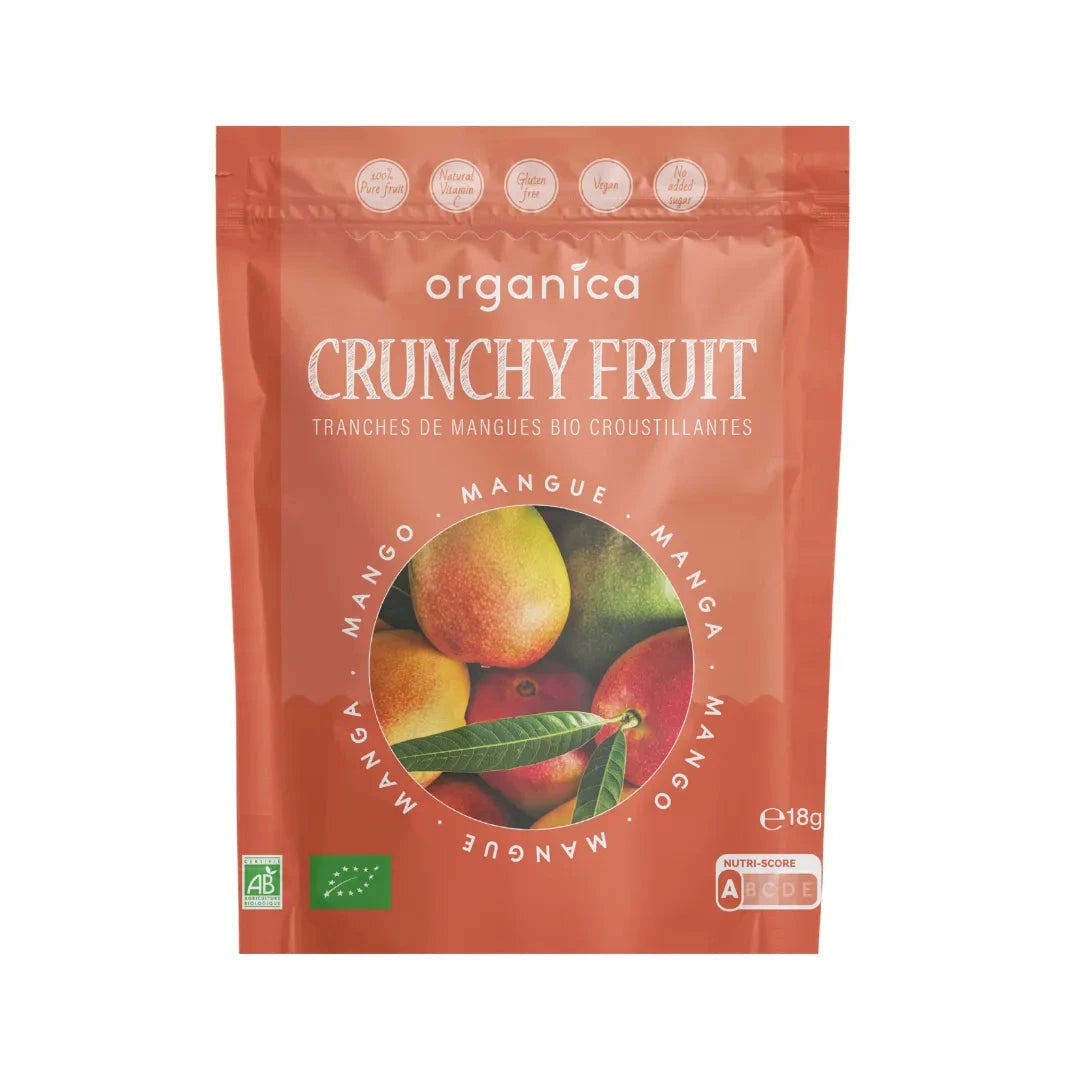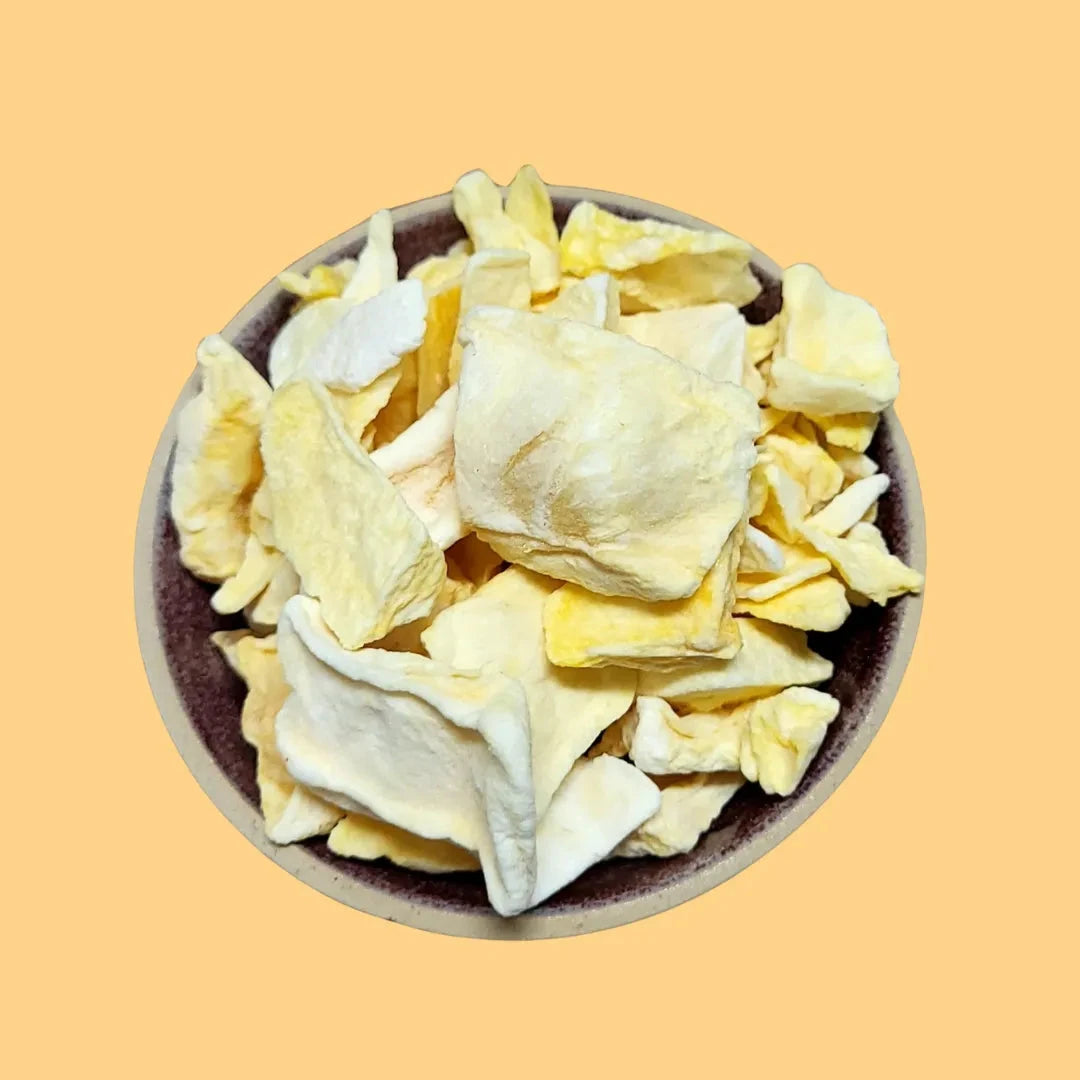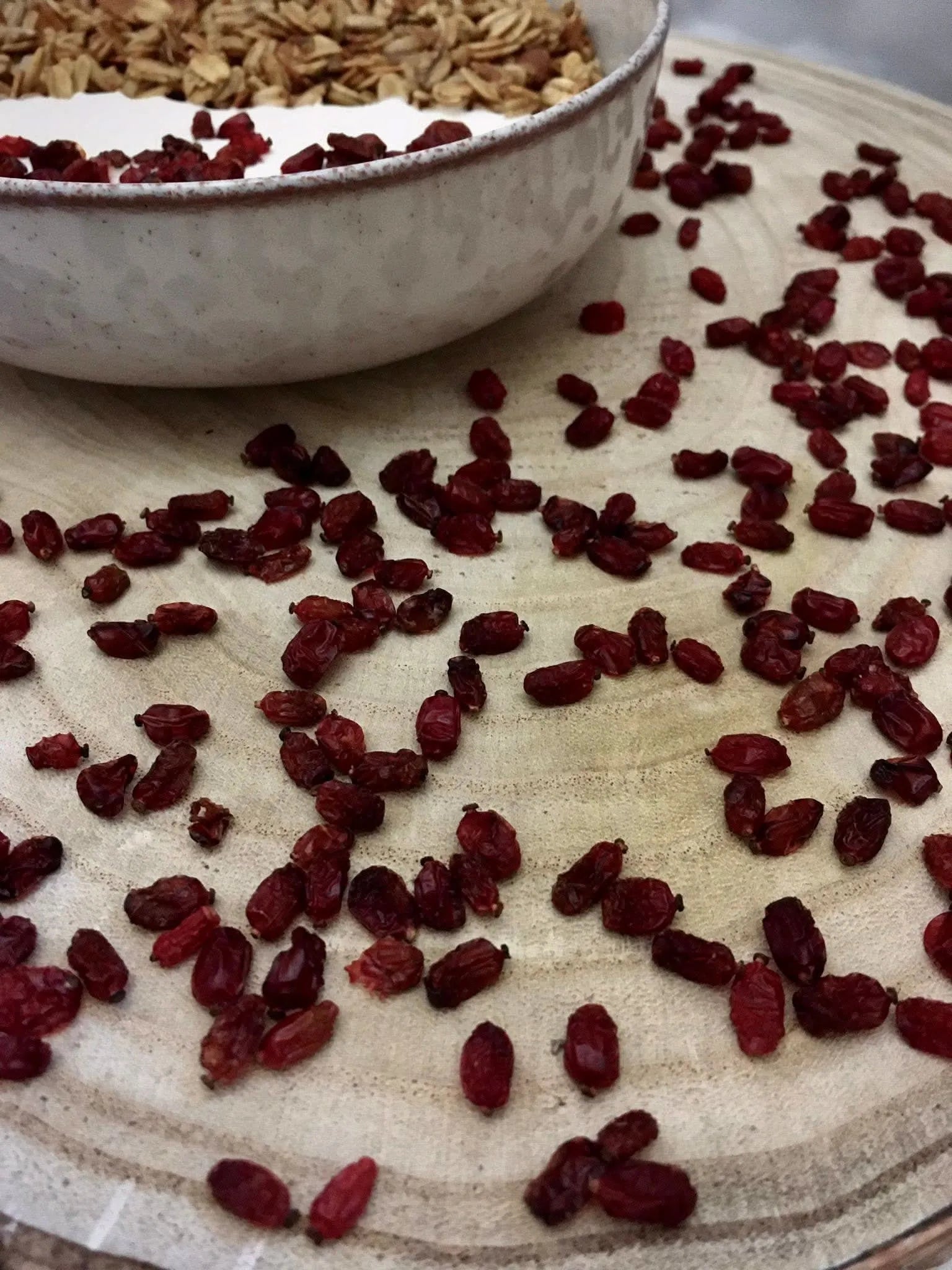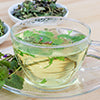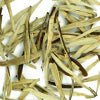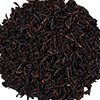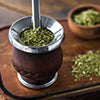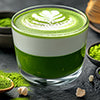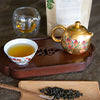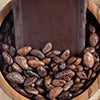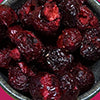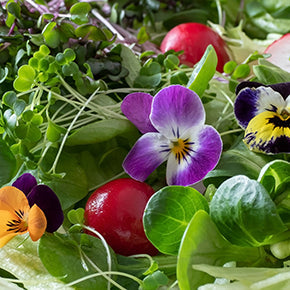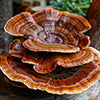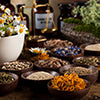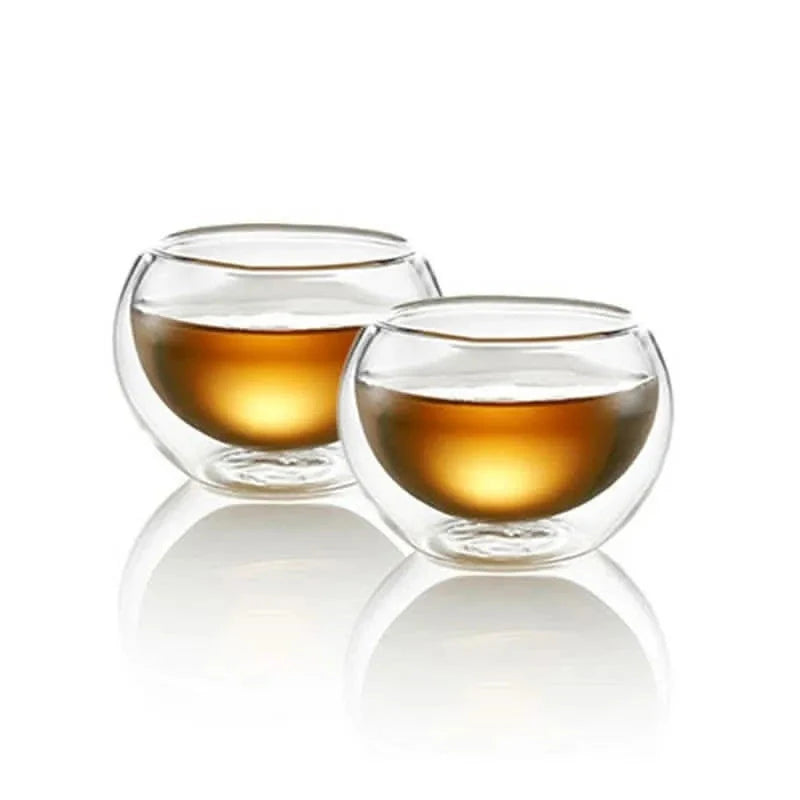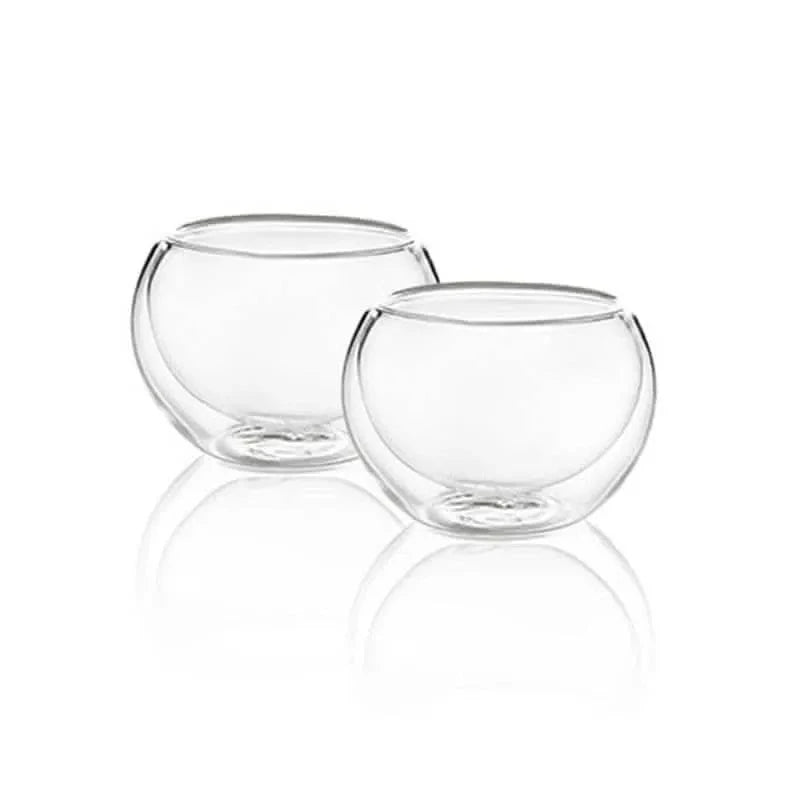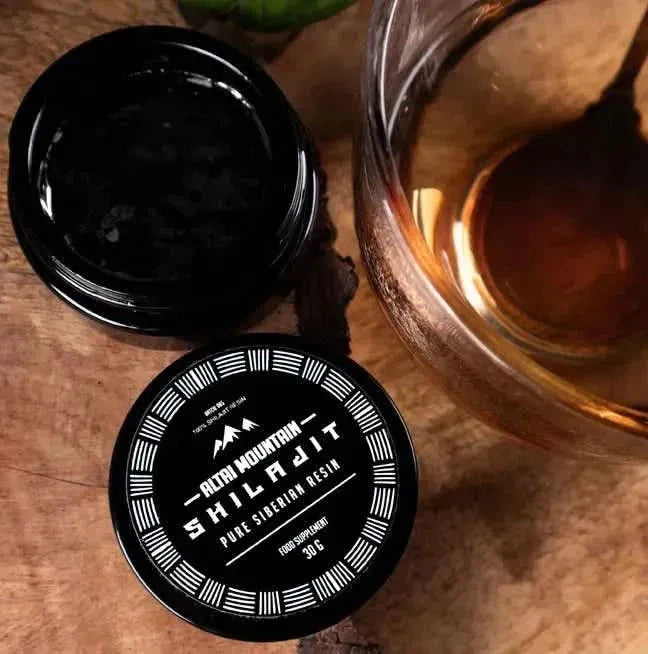Healthiest dried fruits
Filter
Sort by:
Description
Dried Fruits: Natural Preservation Through Moisture Reduction
Dried fruits represent one of humanity's oldest food preservation techniques, created through controlled moisture removal that concentrates natural sugars, nutrients, and flavors while extending shelf stability. This time-tested process transforms perishable fresh produce into nutrient-dense food sources with significantly extended usability timelines.
Traditional Processing Methods and Technical Parameters
The dehydration process reduces moisture content from the typical 80-95% found in fresh fruits to approximately 15-20% in traditionally dried varieties and as low as 2-3% in freeze-dried options. This moisture reduction inhibits microbial growth and enzymatic reactions that cause spoilage, while simultaneously concentrating natural sugars and nutrients into a more compact form. The water activity levela critical measurement for food safetytypically registers below 0.6, preventing the growth of most harmful microorganisms.
Physical Transformation and Structural Changes
During dehydration, fruit tissues undergo significant structural modifications as cellular walls collapse and sugars concentrate. This transformation results in the characteristic chewy texture of conventionally dried fruits, while freeze-dried varieties maintain more of their original structure through ice crystal sublimation. The concentration effect increases caloric density approximately 3-4 times compared to fresh counterparts, making dried fruits energy-rich nutritional sources that historically provided essential calories during seasonal scarcity periods.
Historical Significance and Preservation Innovation
Archaeological evidence indicates humans began drying fruits as early as 12,000 BCE, with advanced techniques documented in Mesopotamian texts from 4,000 BCE. This preservation method proved crucial for ancient civilizations, enabling long-term storage and transportation of essential nutrition across trade routes and through non-growing seasons.
Cultural
Distinguished Varieties and Regional Specialties
Mediterranean Dried Grape Varieties: Raisins and Currants
Dried grapes represent the world's most widely consumed dried fruit category, with production exceeding 1.2 million metric tons annually. Traditional sun-drying methods create natural golden-brown raisins with characteristic honey notes and chewy texture. Thompson seedless grapes provide the foundation for conventional raisins, while smaller Black Corinth and Muscat varieties yield specialized zante currants and muscatels respectively. These varieties undergo 2-4 weeks of controlled sun exposure on paper trays, developing concentrated phenolic compounds that deliver significant antioxidant properties. Premium production regions include California's San Joaquin Valley, Turkey's Aegean region, and specific Mediterranean coastal areas with ideal drying conditions combining low humidity and moderate temperatures.
Middle Eastern Date Varieties: Natural Sugar Preservation
Dates represent one of humanity's oldest cultivated fruits, with archaeological evidence of consumption dating to 6000 BCE. The natural high sugar content (60-70%) creates self-preserving properties that maintain freshness with minimal processing. Premium varieties include Medjool dates with their large size and caramel-like flavor profile; Deglet Noor known for honey notes and translucent appearance; and Barhi dates valued for their soft texture and butterscotch characteristics. These fruits naturally dry on the palm, requiring minimal additional processing beyond harvesting and sorting. Their exceptional mineral contentincluding potassium, magnesium, and coppercombined with dietary fiber creates a nutritionally dense profile that historically supported desert populations through harsh environmental conditions.
Turkish and Mediterranean Apricot Productions
Dried apricots from Turkey's Malatya region represent the gold standard in global production, delivering distinctive fragrance, sweetness, and chewy texture. Traditional sun-drying methods create amber-colored fruits with intense flavor concentration, while modern sulfur dioxide processing preserves the characteristic orange color familiar to consumers. The drying process concentrates beta-carotene and lycopene compounds that contribute both color and nutritional value. Turkish varieties typically undergo partial tree-ripening followed by collection and controlled drying, while Mediterranean productions often implement full tree-ripening for enhanced flavor development prior to moisture reduction.
Tropical Specialty Fruits: Exotic Flavor Profiles
Specialty dried tropical fruits deliver unique flavor experiences and nutritional profiles unavailable in conventional dried fruit options. Dried mango provides concentrated carotenoids and distinctive tropical sweetness enhanced through specialized osmotic dehydration techniques. Dragon fruit creates visually striking dried products with seed-speckled flesh and mild sweetness that intensifies through drying. Jackfruit delivers meat-like texture and versatility, absorbing complementary flavors when dried. These tropical varieties typically undergo more complex processing requirements including specialized cutting techniques, pretreatments to maintain color and texture, and carefully controlled drying parameters to preserve their distinctive characteristics.
Benefits
Nutritional Composition and Physiological Effects
Concentrated Mineral Profiles and Micronutrient Density
The dehydration process concentrates mineral content, making dried fruits exceptional sources of essential micronutrients often lacking in modern diets. Dried apricots provide outstanding potassium levels, delivering approximately 1,162mg per 100g servingsignificantly higher than fresh bananas. This potassium concentration supports healthy blood pressure regulation through proper electrolyte balance. Iron content increases proportionally during water removal, with dried fruits like apricots providing 2.7mg per 100gcontributing meaningfully to daily requirements, particularly for plant-based diets. The concentration effect similarly enhances calcium, magnesium, and phosphorus content, supporting bone health and cellular function.
Antioxidant Capacity and Phenolic Compounds
Dried fruits retain and sometimes concentrate natural antioxidant compounds that help neutralize free radicals and potentially reduce oxidative stress markers. These polyphenolic compounds include phenolic acids, flavonoids, and anthocyanins that demonstrate significant antioxidant activity in laboratory studies. Dried plums (prunes) contain particularly high levels of neochlorogenic and chlorogenic acids that exhibit strong antioxidant properties. Raisins provide quercetin, kaempferol, and resveratrol compounds associated with cardiovascular benefits. The concentration of these bioactive compounds during drying may help explain epidemiological associations between dried fruit consumption and reduced chronic disease risk observed in Mediterranean dietary pattern studies.
Fiber Profile and Digestive Health Benefits
Dried fruits provide exceptional dietary fiber concentration, with typical servings delivering 6-12g per 100gsignificantly higher than most fresh fruit options. This fiber profile includes both soluble and insoluble types that support digestive health through different mechanisms. The soluble fiber components, including pectins and gums, may help regulate blood glucose and cholesterol levels, while insoluble fiber provides bulking effects that support regular elimination. Dried plums have received particular research attention for their specific fiber composition and potential prebiotic effects that may support beneficial gut microbiota populations. The fiber concentration in dried fruits contributes to their satiety value despite relatively high caloric density.
Glycemic Considerations and Blood Sugar Regulation
Despite their concentrated natural sugar content, many dried fruits demonstrate moderate glycemic impact due to their substantial fiber content and presence of phenolic compounds that may influence carbohydrate digestion and absorption. Research indicates dried fruits can be incorporated into balanced diets, including for individuals managing blood glucose levels, when consumed in appropriate portions. The fiber content helps slow sugar absorption, potentially moderating post-prandial blood glucose responses compared to refined sugars. Additionally, specific compounds in certain dried fruits, such as polyphenols in raisins and dates, may influence glucose transport and insulin response mechanisms, though these effects require further clinical research for complete understanding.
Instruction
Selection Parameters and Storage Requirements
Quality Assessment Indicators for Maximum Freshness
Premium dried fruits exhibit specific visual and textural characteristics that indicate proper processing and storage. Optimal moisture content typically ranges from 15-18% for conventionally dried fruits, creating pliable texture without excessive dryness or stickiness. Natural color variations should appear consistent within fruit types, while unusual darkening may indicate excessive heat exposure during processing or age-related deterioration. Aroma profiles should present concentrated fruit characters without fermented or off-notes that suggest improper drying or storage conditions. Unsulfured varieties naturally appear darker than sulfur-treated counterparts due to enzymatic browning reactions.
Preservation Methods and Shelf-Life Extension
Conventional dried fruits maintain optimal quality for 6-12 months when properly stored in cool, dry conditions. Refrigeration extends peak quality periods by reducing oxidation rates and preventing moisture migration. Specialized nitrogen-flushed packaging creates oxygen-reduced environments that significantly extend shelf stability by preventing oxidation of sensitive compounds. Vacuum-sealed containers provide similar benefits while also preventing moisture exchange. Some commercial productions implement additional preservation techniques including potassium sorbate application to prevent mold growth or ascorbic acid treatment to maintain color without sulfur usage.
Optimal Storage Parameters for Extended Viability
Dried fruits require specific storage conditions to maintain quality and prevent deterioration. Temperature control below 65°F (18°C) significantly extends shelf life by slowing enzymatic activity and preventing sugar crystallization that causes texture degradation. Humidity levels should remain below 60% to prevent moisture absorption that can lead to microbial growth. Light exposure accelerates color changes and nutrient degradation, making opaque containers preferable for long-term storage. Airtight glass or plastic containers provide optimal home storage solutions, while commercial operations often utilize specialized barrier films that prevent oxygen and moisture transmission.
FAQs





